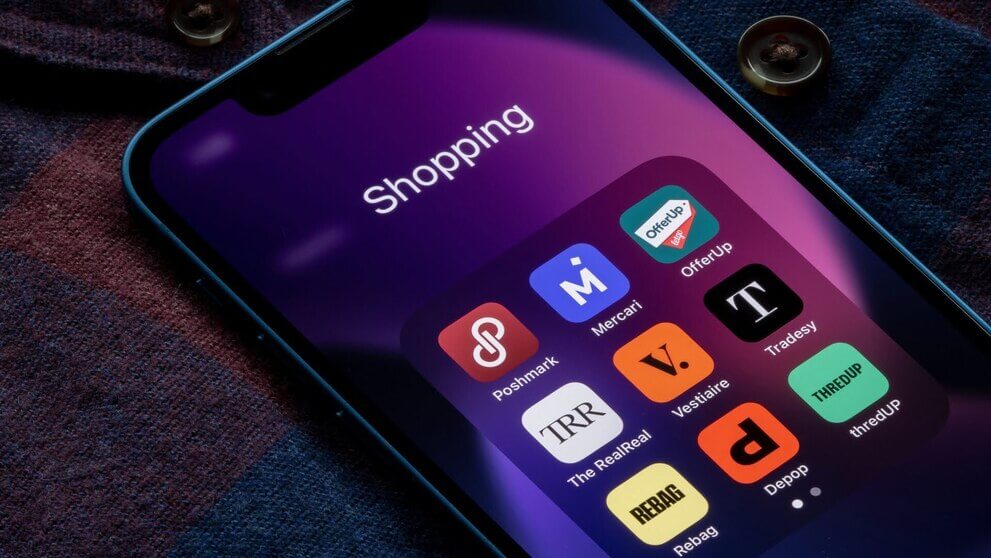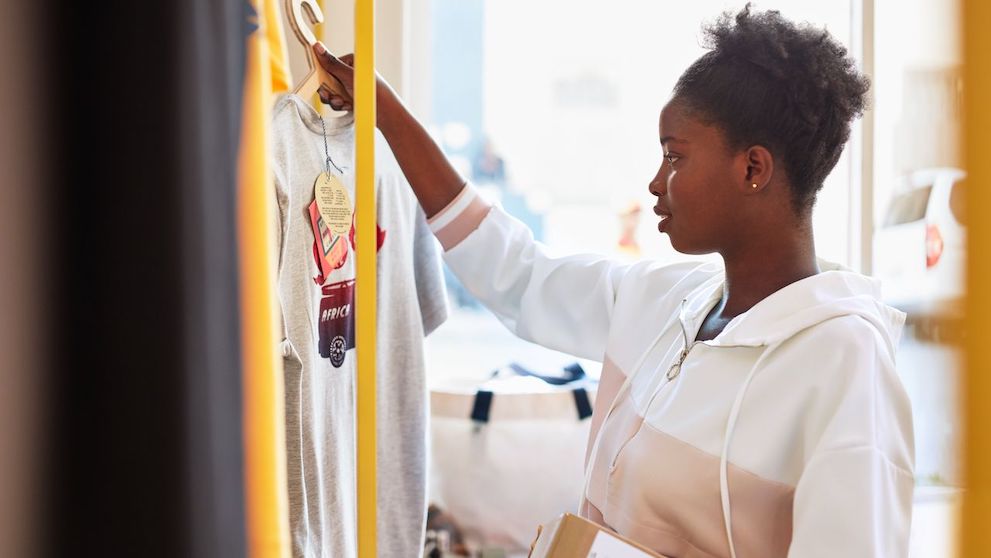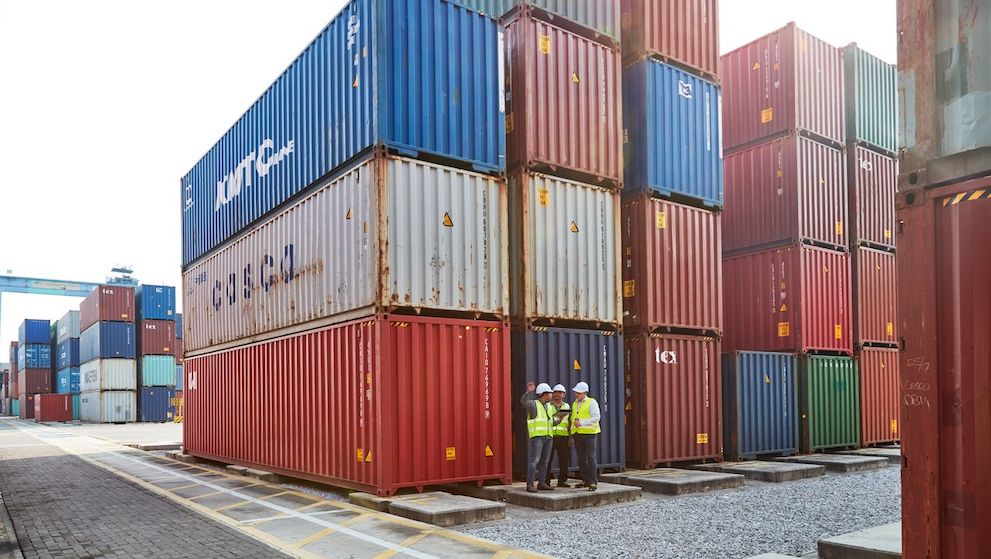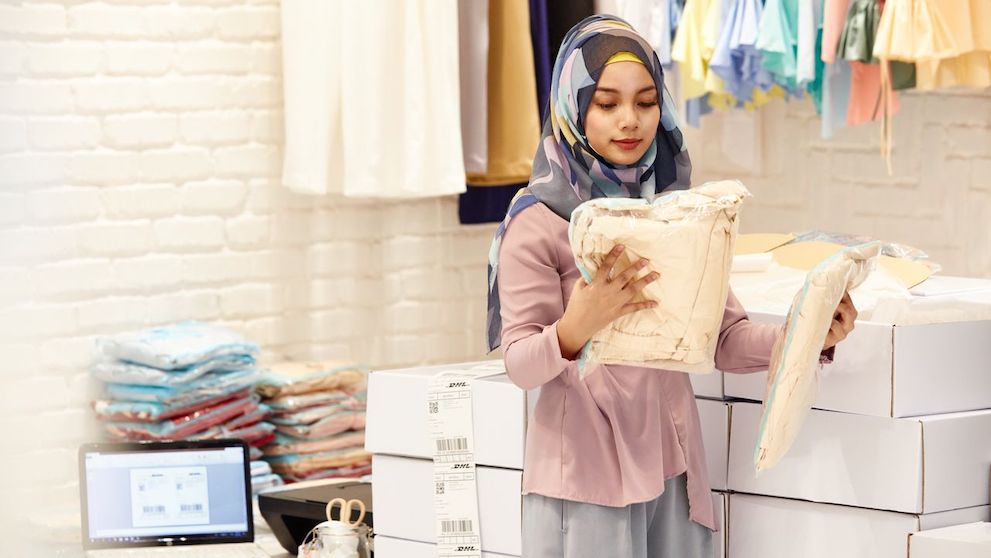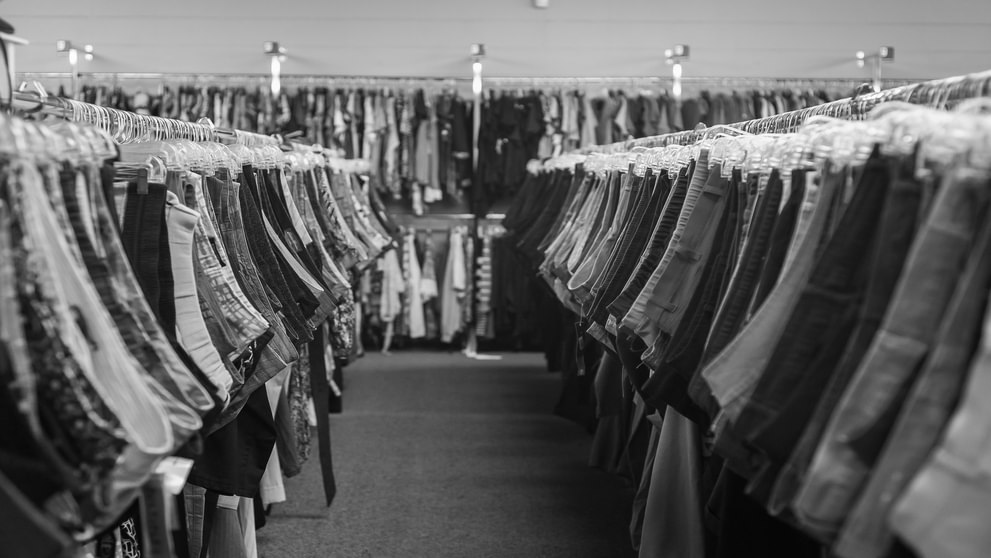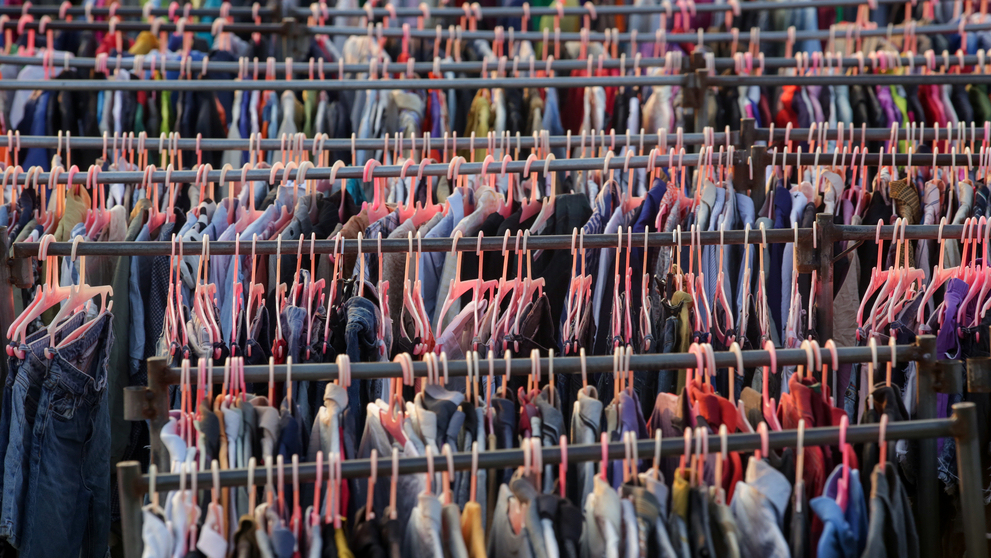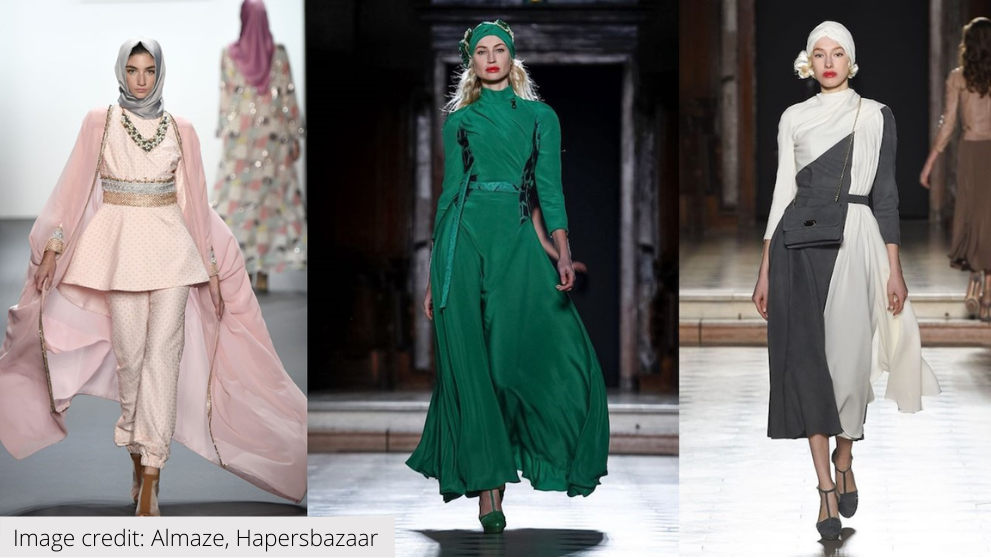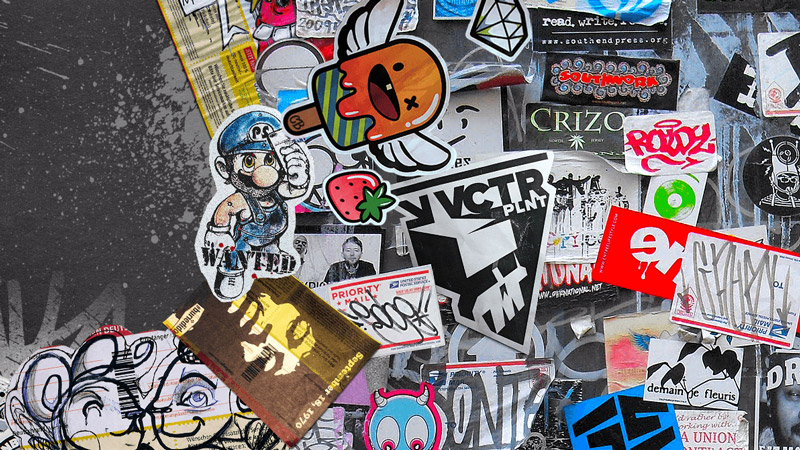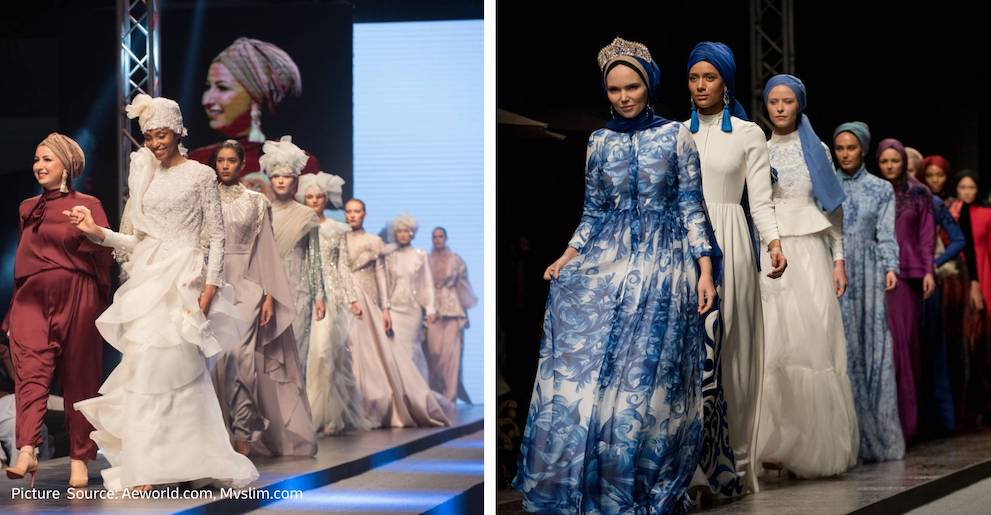
5 Online Thrift Store Platforms Malaysians Can Sell On
Thrift shopping (also known as “bundle shopping” to some) has become a huge phenomenon in Malaysia – and its reach is impacting fashion enthusiasts worldwide as well. Many Malaysians have taken to reselling secondhand clothes on global platforms, particularly from luxury or designer brands.
This is in part due to the global demand for affordable resale clothing, as well as the steady supply of affordable wholesale clothing bundles from local stores. Even one piece of high-quality luxury clothing can fetch hundreds of dollars, making secondhand resale a lucrative business for the sartorially-inclined.
Malaysian entrepreneurs looking to open their own online clothing thrift store have a variety of selling platforms and websites to choose from – each with their own unique appeal for both buyers and sellers alike. Here are some of the best online secondhand clothing stores you can consider:
1. Amazon
Amazon is the biggest all-in-one e-commerce platform worldwide, and gives you access to the largest possible global audience. The main benefit of opening your online thrift store on Amazon is its sheer size and capacity. This includes extensive categories to list your items under, numerous websites and online guides on optimising your listings, and integrated business guides and tips provided by Amazon themselves.
2. eBay
When it comes to secondhand sales, eBay reigns supreme. This platform has been a giant in the secondhand item industry for decades, and is known for its bidding services. Unlike other online thrift stores where the seller price is fixed, eBay buyers can raise bids for their desired items, creating a competitive edge and potentially driving up the resale value even further.
For sellers who are able to secure exclusive brand and designer products from highly-awaited releases, eBay is the ideal platform to showcase and market your collection to interested buyers who are willing to pay more to acquire them.
3. Grailed
Secondhand streetwear is one of the fastest-growing sectors of the fashion resale market, and Grailed is where streetwear enthusiasts are flocking to get their fashion fix. The site is known for specialising in menswear, and has over 2 million active listings including sneakers, footwear, and accessories. Items are graded across 4 levels – Grails, Hype, Sartorial, and Core – to indicate their quality and type, making it easy for sellers to categorise their offerings.
Apart from sorting by clothing type or quality, Grailed also highlights prominent brands and designers such as Thom Browne, Bape, Balmain, and Off-White – giving sellers specialising in these brands an easier way to connect with interested buyers. Grailed handles both domestic and international transactions, and the platform sends sellers automatic alerts via email if buyers ask a question or submit offers.
Sellers can list items for free on the platform, and Grailed’s 9% commission fee is one of the lowest seller fees available on the online thrift store scene.
4. Etsy
Etsy has a reputation for being an online marketplace for artists and creators, but more secondhand fashion enthusiasts are starting to turn to the platform to buy and sell their clothes. Both handmade and vintage (or secondhand) items can be listed on Etsy, making it crucial for secondhand sellers to distinguish themselves through mentioning brands, designers, or the quality of the item in the product listing.
As Etsy is not natively designed as a secondhand fashion site, it lacks some of the more useful features such as categorising listings by brand, designer, or apparel type. However it does have a positive reputation amongst the alternative or vintage fashion community, especially for niche brands. This makes it more suitable for sellers of mass-market, high-street, or vintage brands.
5. Depop
Originally founded in 2011, Depop is one of the largest website and mobile app-based online thrift store platforms where users can list and sell secondhand clothes. There are up to 140,000 new listings daily across menswear, womenswear, jewellery, and even beauty products. Users can further organise listed items with tags such as ‘vintage’, ‘y2k’ or specific brand names – making it easy for sellers to distinguish unique or collectible items, and for buyers to seek out trendy brands and products.
Depop sellers can list an item for free, and only need to pay a 10% seller fee when the item is confirmed as sold. The platform also promotes popular sellers and users on the online marketplace, with a community-focused approach that encourages sellers to build up their own branding after opening their own online thrift store.
Dive into the global thrifting market today
Apart from the platforms listed above, there are many more websites and applications sellers can use for opening their own online secondhand or vintage clothing stores.
More independent entrepreneurs can even start their own online thrift shop using platforms like Shopify to gain better control over their e-commerce sales and international delivery services. Before setting up your online thrift store, be sure to do your research and find the platform that suits you – and your products – best.
